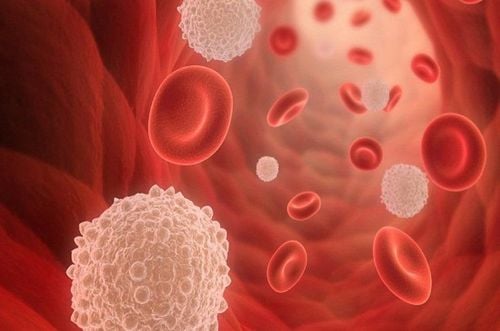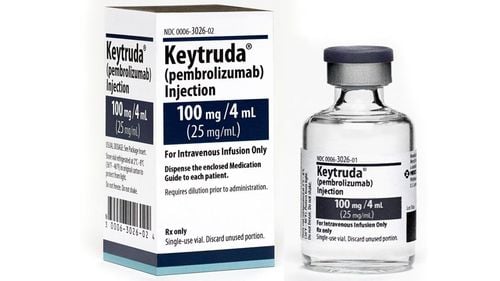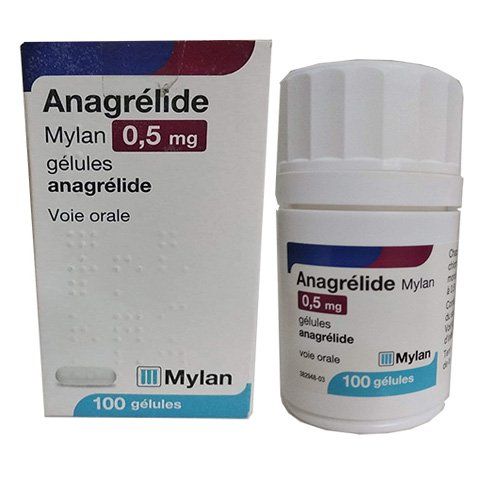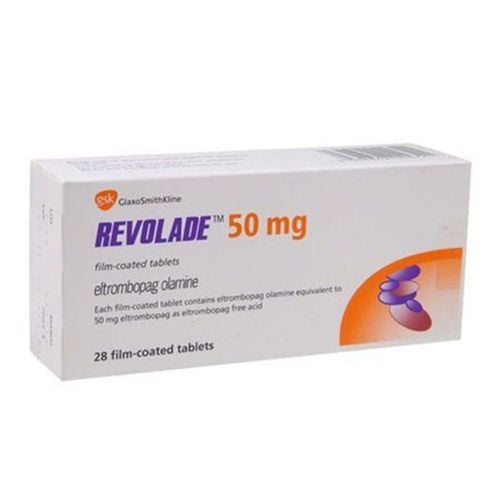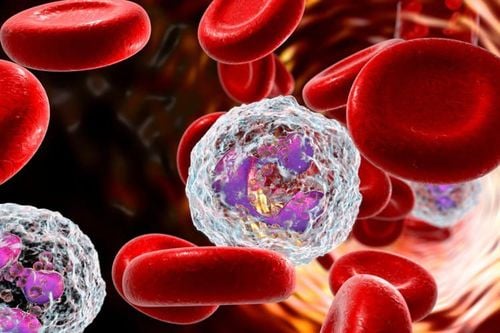This is an automatically translated article.
The article is professionally consulted by Master, Doctor Phan Ngoc Toan - Resuscitation - Emergency Doctor - Emergency Department - Vinmec Danang International Hospital.Immune thrombocytopenia (ITP) is a blood clotting disorder. The disease is caused by a decrease in the number of platelets in the blood because the immune system attacks healthy platelet cells. If the patient is not bleeding and the platelet count is not too low, no treatment is needed. However, if the condition becomes more and more severe, then you need to take medicine or surgical treatment.
1. Overview of Immune Thrombocytopenia (ITP)
Immune thrombocytopenia (ITP) is a disorder that can lead to easy or excessive bruising and bleeding. Bleeding results from abnormally low levels of platelets, the blood-clotting cells. In the past, immune thrombocytopenia also known as idiopathic thrombocytopenic purpura, ITP can cause bruising, as well as small red-purple dots that look like a rash.
Children can develop ITP after a viral infection and usually recover completely without treatment. In adults, the disorder is often chronic. If you have no signs of bleeding and your platelet count is not too low, you may not need treatment. If your symptoms become more severe, treatment may include medications to increase your platelet count or surgery.

2. Signs of immune thrombocytopenia
Patients with immune thrombocytopenia may not show signs of the disease. When symptoms of the disease do occur, they may include:
Easy bruising excessively, which becomes more natural as you age and bleeds more easily. Bleeding from the skin appears as purple-red-sized spots (petechiae) that look like a rash. Spontaneous bleeding from the gums or nose. Blood in urine or stools. Abnormal menstrual bleeding. Heavy bleeding during surgery. You should go to a medical facility immediately to get an accurate diagnosis of your condition if you have any unusual symptoms, such as uncontrollable bleeding.
3. Causes of immune thrombocytopenia
Immune thrombocytopenia usually occurs when your immune system mistakenly attacks and destroys platelets, which are cells that help blood clot. In adults, this can be caused by an infection with HIV, hepatitis, or H. pylori, the bacteria that causes stomach ulcers. For children, most have ITP as a result of an illness caused by a virus, such as mumps or the flu.

4. Diagnosis of immune thrombocytopenia
To diagnose immune thrombocytopenia, your doctor will try to rule out other causes of bleeding and a low platelet count, such as an underlying disease or medication you're taking. Blood tests can check the level of platelets. A small number of cases may require a bone marrow examination to rule out other problems.
5. Immune thrombocytopenia treatment
People with mild immune thrombocytopenia, treatment may need nothing more than regular platelet monitoring and testing. Children often improve without treatment. For adults, if the platelet count continues to drop and there is no sign of improvement, appropriate treatment will need to be instituted as the condition can become more severe or become chronic.
Treatment may include several methods, such as medication to increase the platelet count or surgery to remove the spleen (splenectomy). You should consult with your doctor about the risks and benefits of treatment options. Some cases find that the side effects of treatment outweigh the effects of the disease itself.

5.1 Medication Commonly used medications to treat ITP include:
Steroids: Your doctor will likely start you on a corticosteroid medication to raise your platelet count back to a safe level. You can gradually stop taking the medication as directed by your doctor. This process can take 2 to 6 weeks. Long-term use of these drugs is not recommended because they can increase the risk of infection, high blood sugar, and osteoporosis. Immune globulin: If corticosteroids don't help, your doctor may give you an injection of immune globulin. This medicine may also be used if you have severe bleeding or need to quickly increase your blood count before surgery. The drug usually gives a quick effect but usually goes away in a few weeks. Side effects of globulin use can include headache, nausea, and vomiting. Drugs that increase platelet production. Medicines such as romiplostim (Nplate) and eltrombopag (Promacta) help the bone marrow produce more platelets. These drugs may increase the risk of blood clots. Other medicines: Rituximab (Rituxan, Truxima) helps increase platelet counts by reducing the immune system's response to damage platelets. These drugs can also decrease the effectiveness of vaccinations, which may be needed if you later choose to have surgery to remove your spleen. 5.2 Surgery If your ITP becomes increasingly severe or persists despite medication treatment, your doctor will opt to surgically remove your spleen. This helps to quickly eliminate your body's main source of platelet destruction and improve your platelet count, although it may not work for all patients. Living without a spleen permanently increases your chances of getting an infection. In addition, some cases may recur even after removal of the spleen.

5.3 Urgent treatment Although rare, severe bleeding can occur with ITP patients. This is an emergency emergency situation, uncontrolled bleeding can be life-threatening. Emergency care usually includes infusion of platelet concentrates. Steroids and immunoglobulins can also be given intravenously.
6. Immune thrombocytopenia complications
A rare complication of immune thrombocytopenia is bleeding into the brain, which can be fatal.
If you are pregnant and your platelet count is very low or you have bleeding, you are at increased risk of heavy bleeding during delivery. Your doctor may prescribe treatment to maintain a stable platelet count, taking into account the effects on the fetus.
Immune thrombocytopenia occurs more commonly in young women. The risk appears to be higher in people who also have conditions such as rheumatoid arthritis, lupus, and antiphospholipid syndrome.
Vinmec International General Hospital with a system of modern facilities, medical equipment and a team of experts and doctors with many years of experience in medical examination and treatment, patients can rest assured to visit. examination and treatment at the Hospital.
Please dial HOTLINE for more information or register for an appointment HERE. Download MyVinmec app to make appointments faster and to manage your bookings easily.
Reference source: mayoclinic.org





